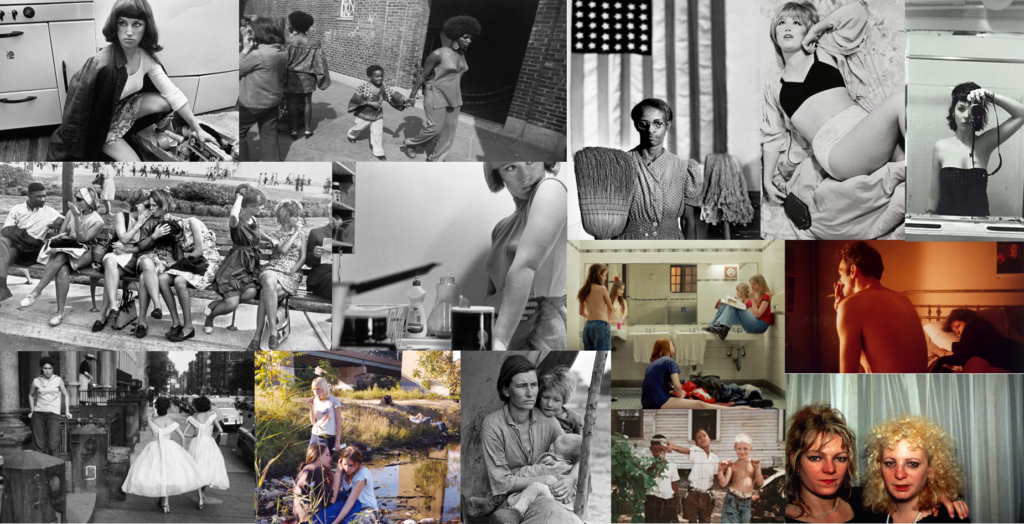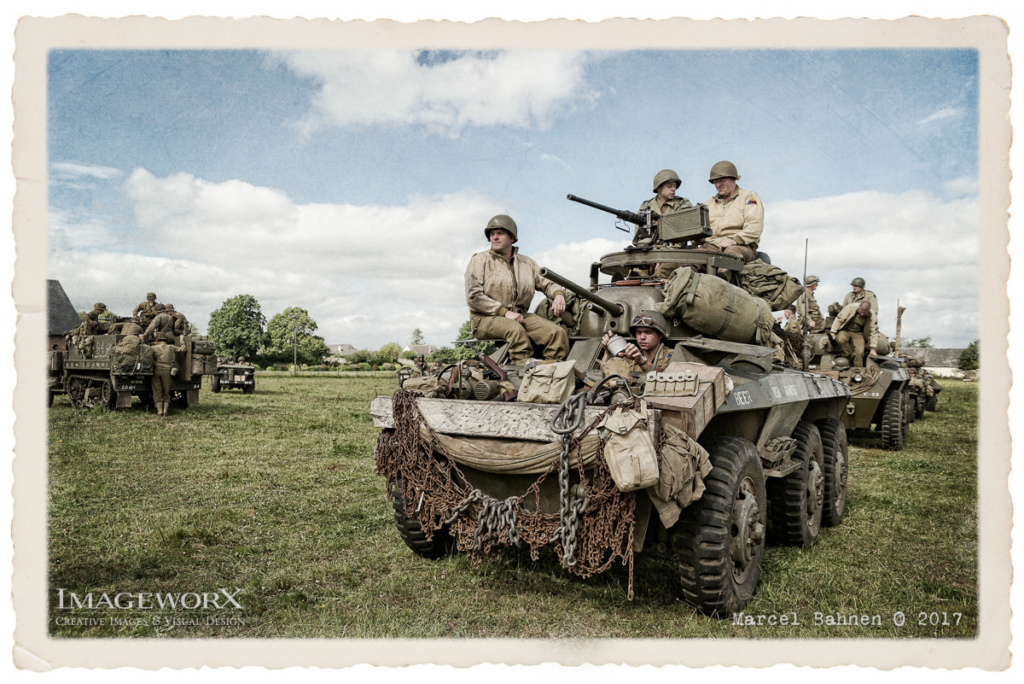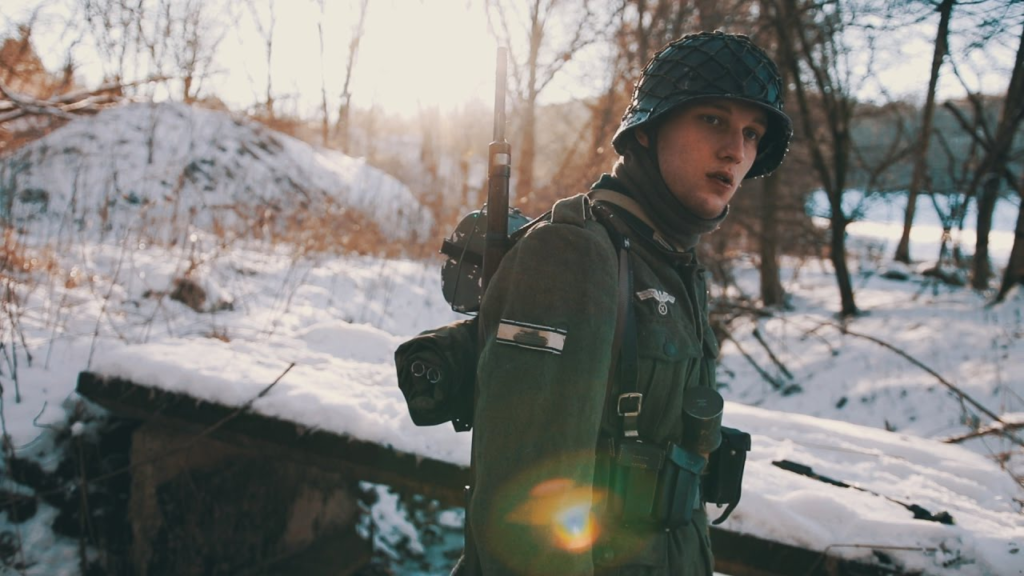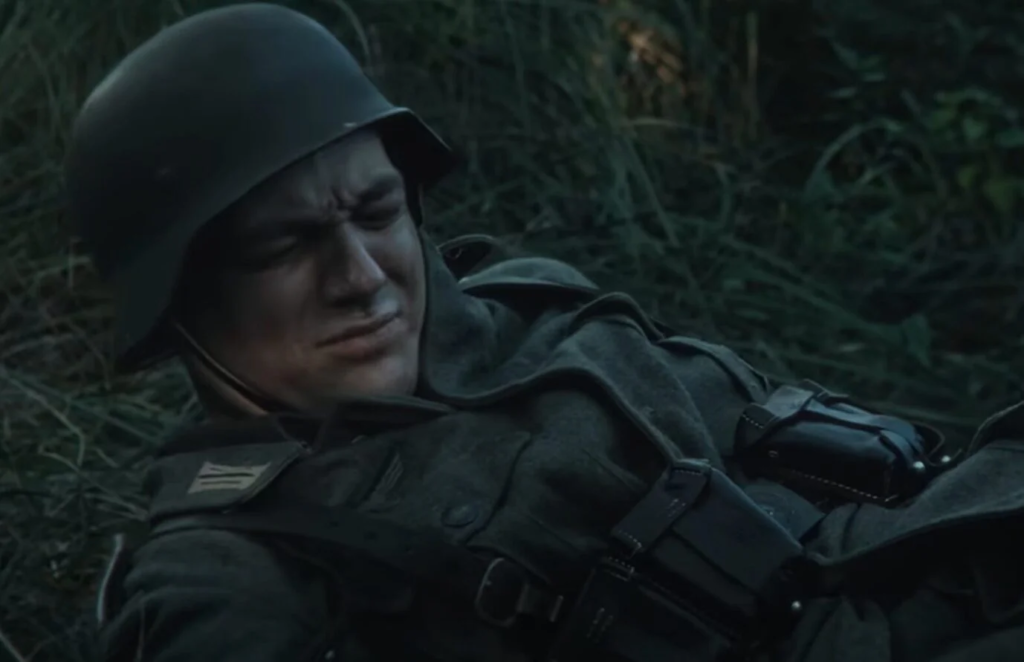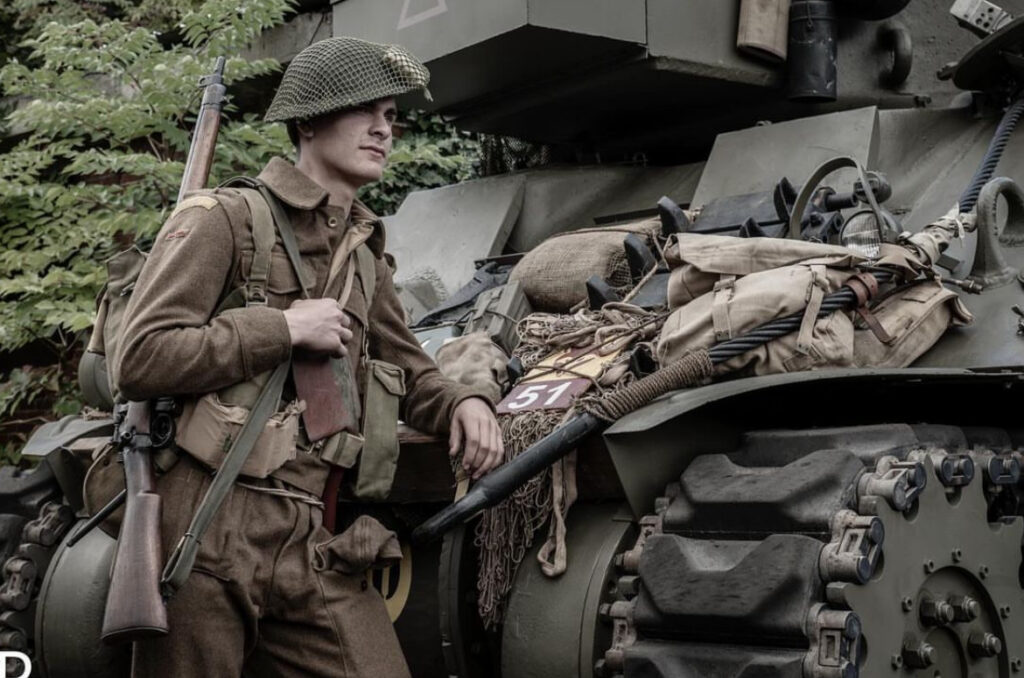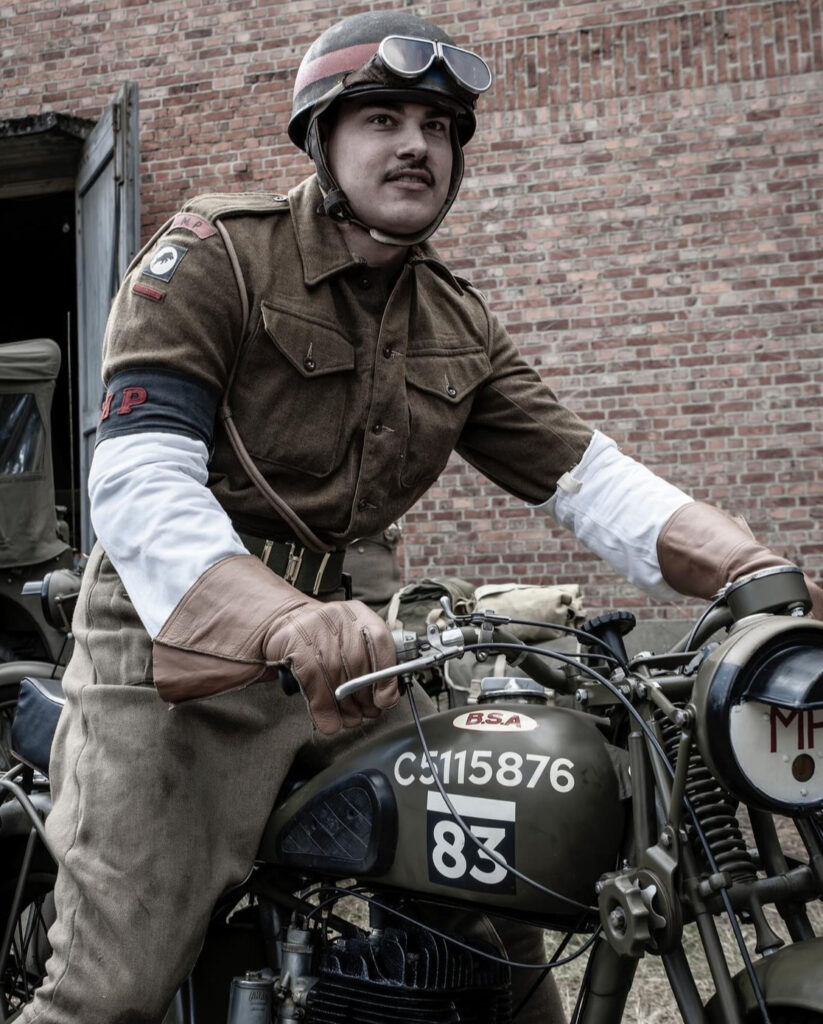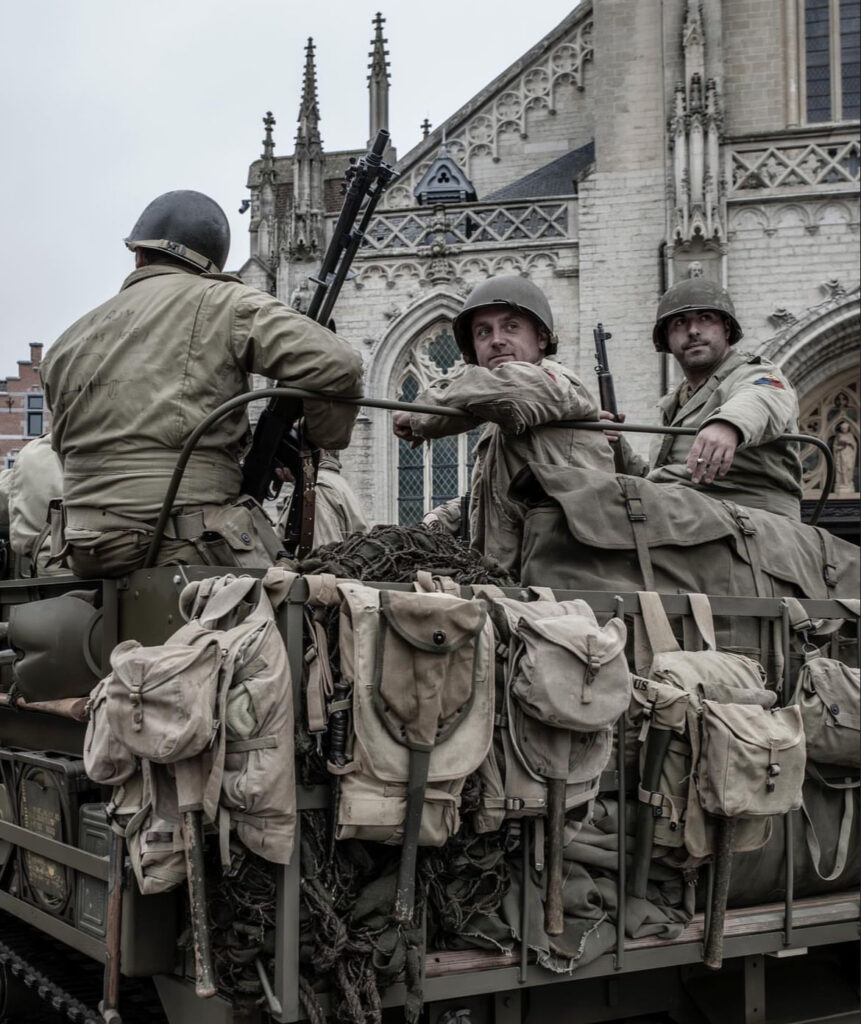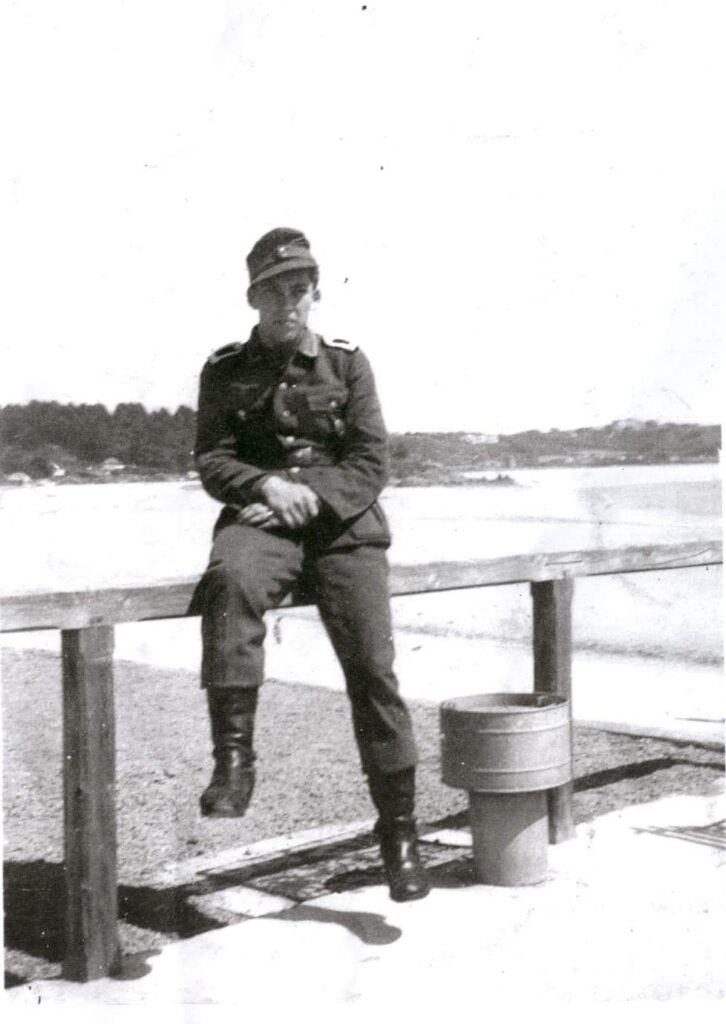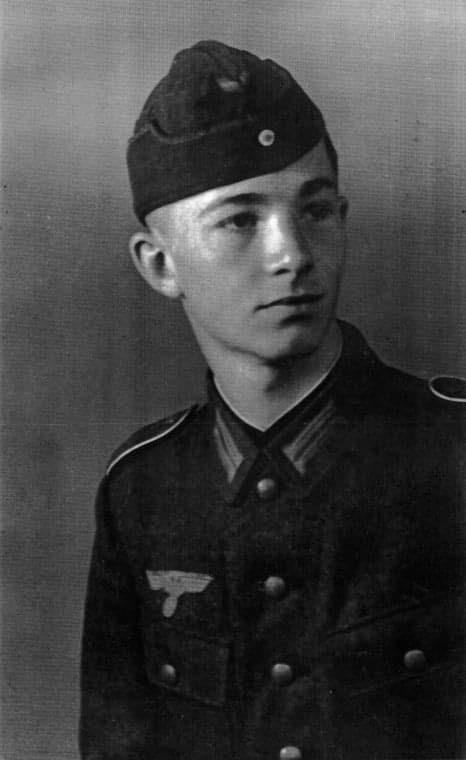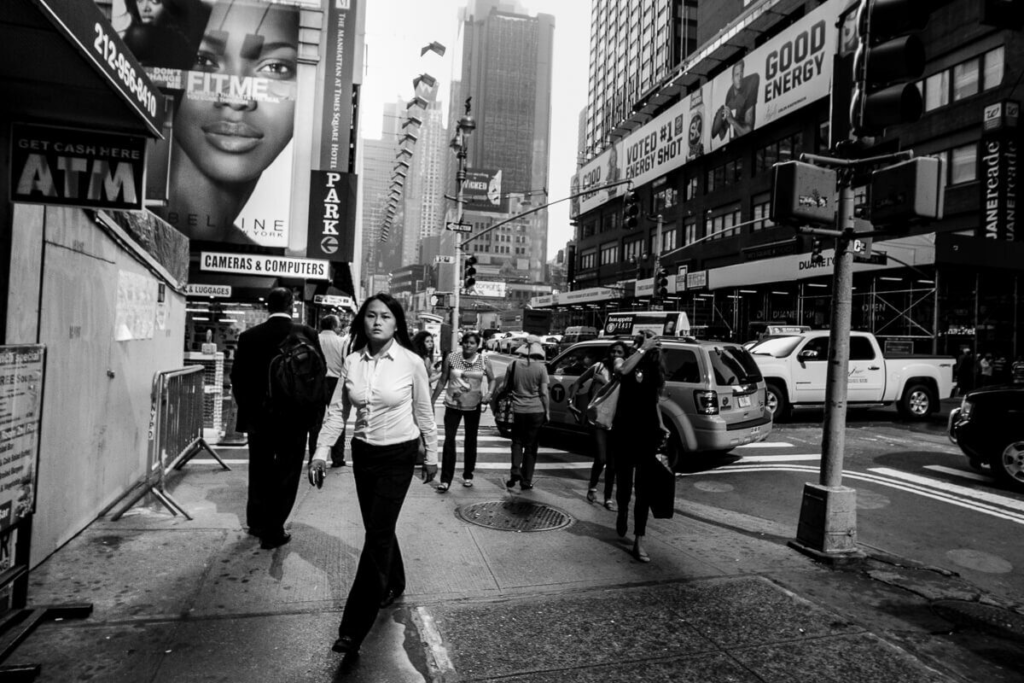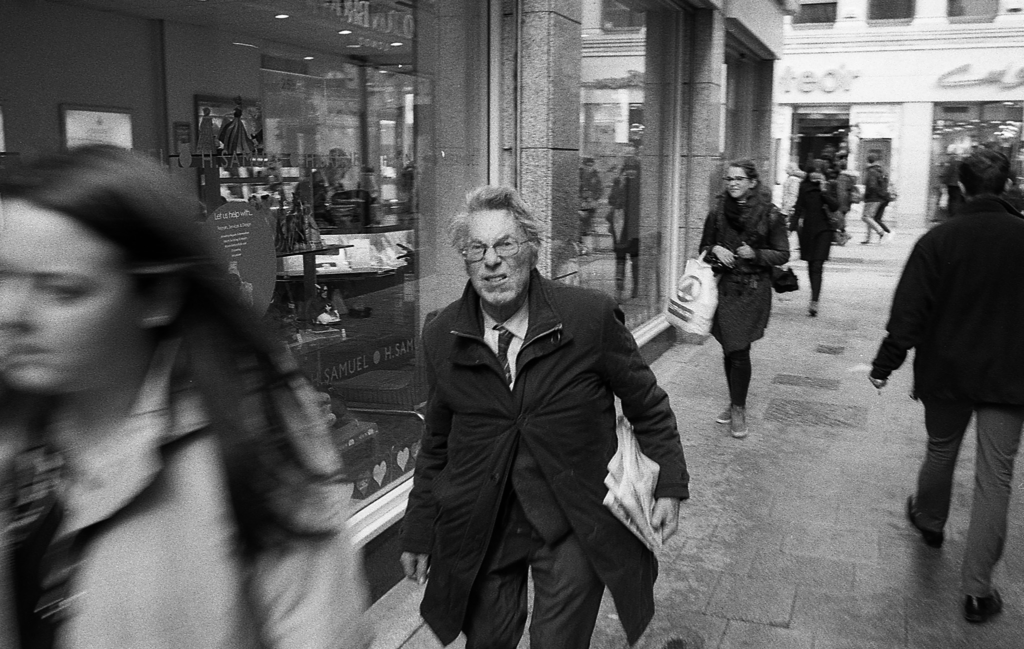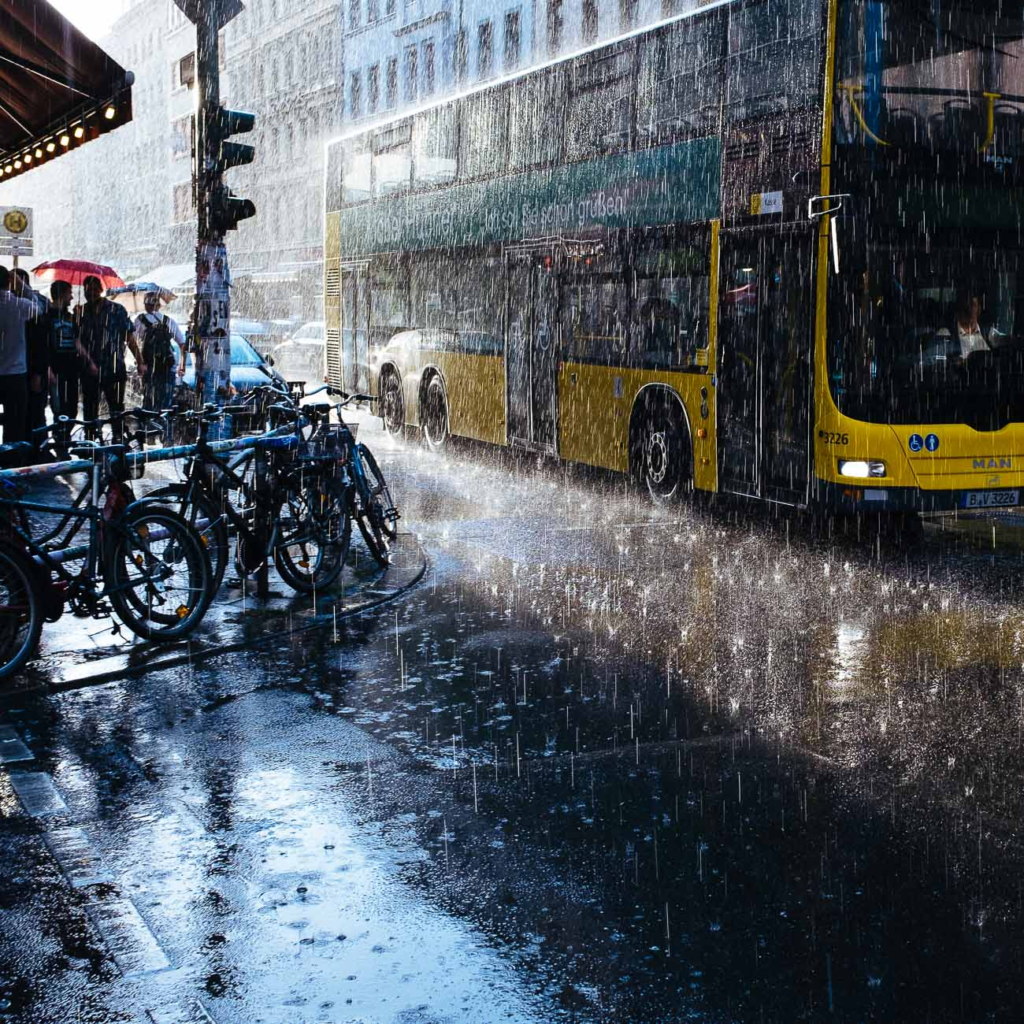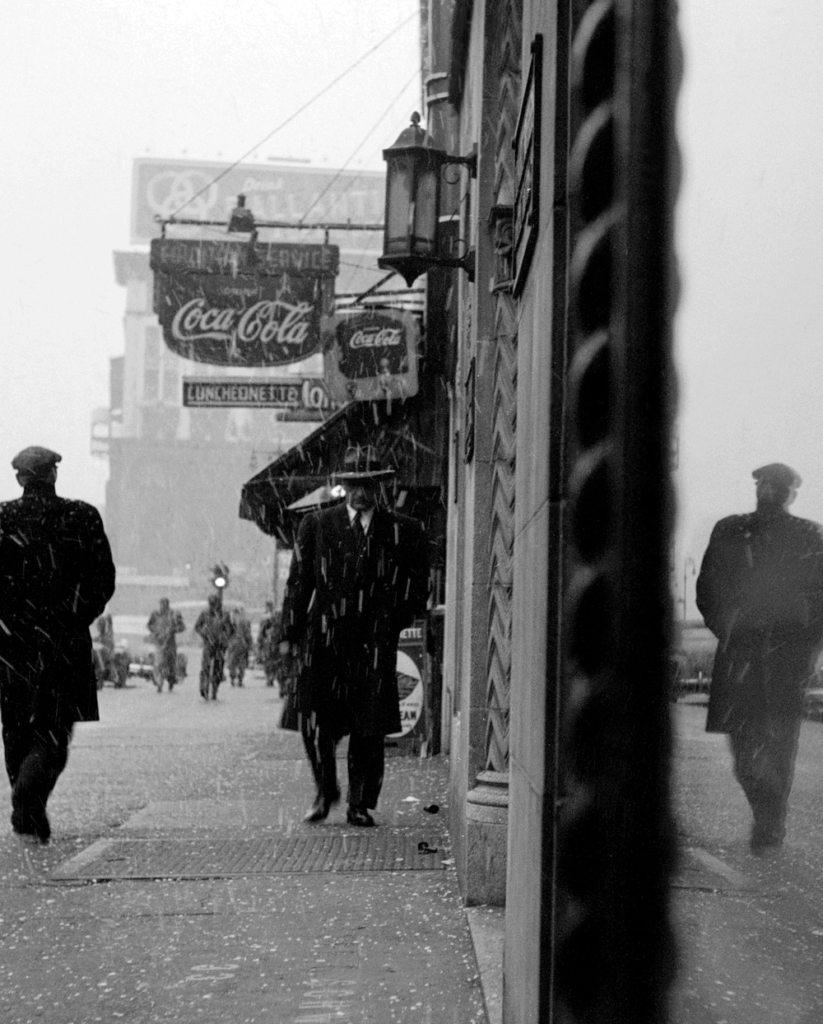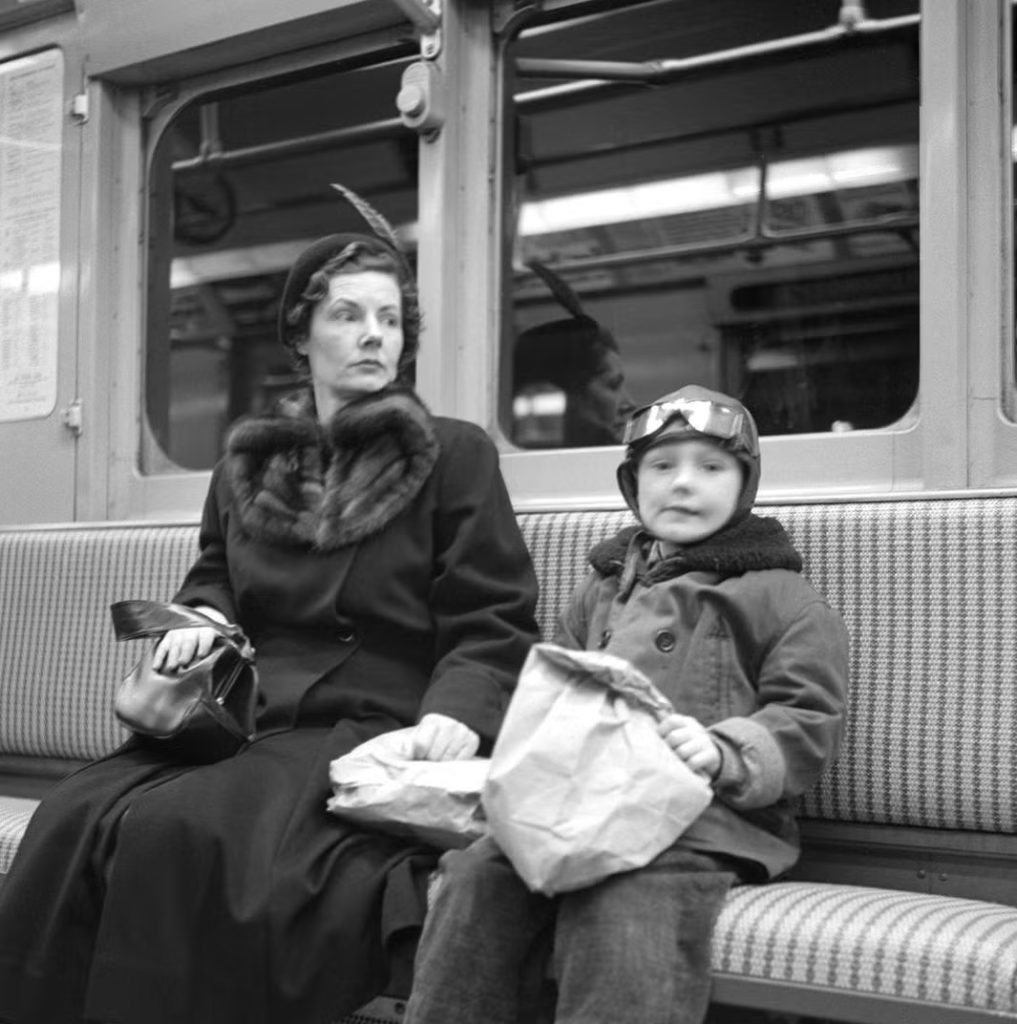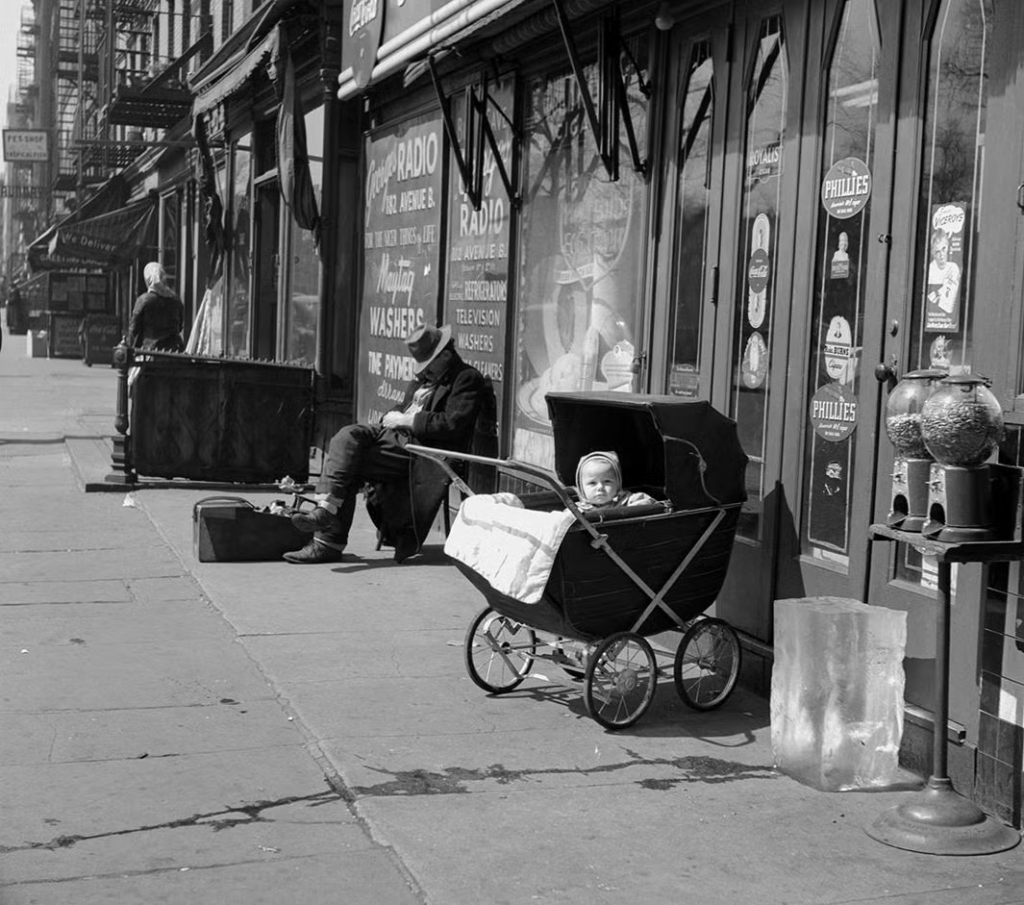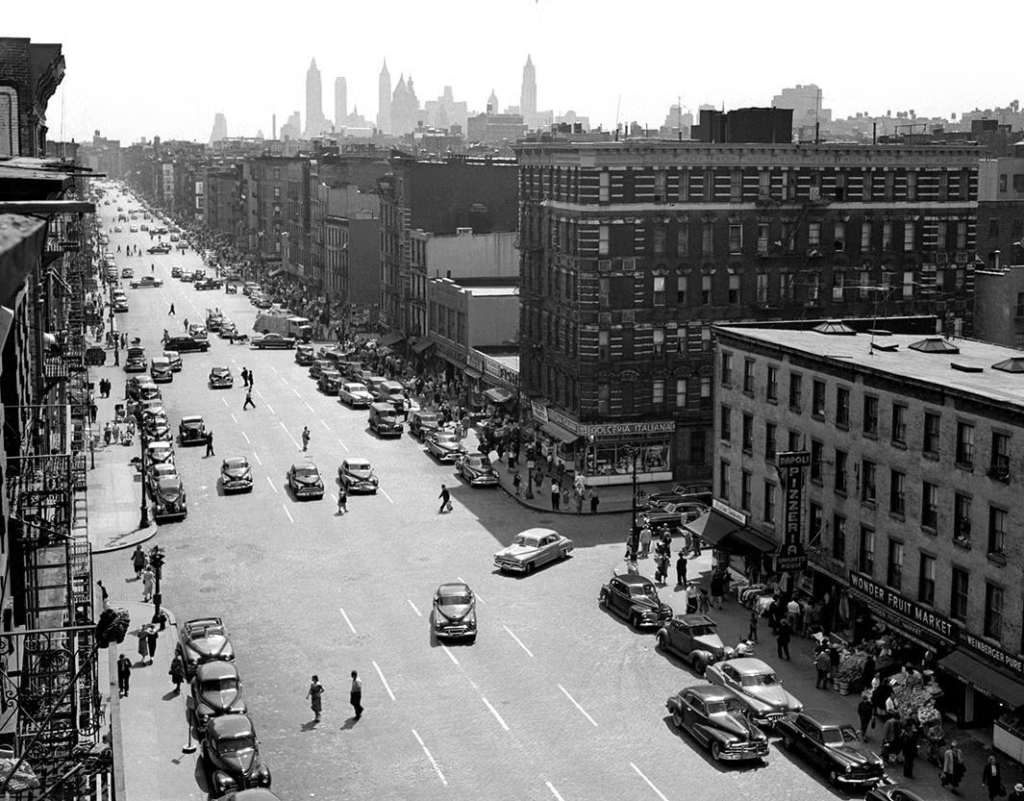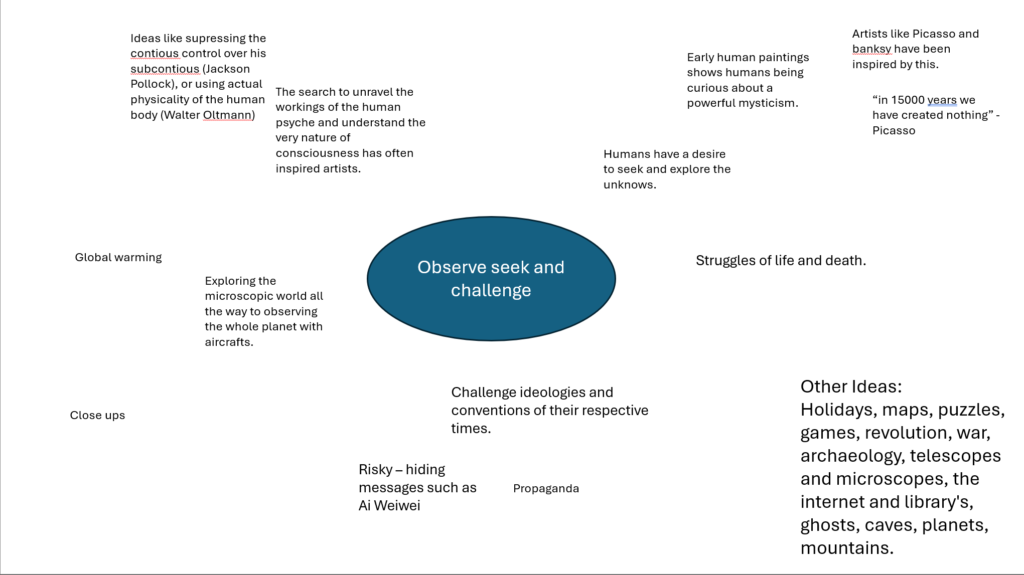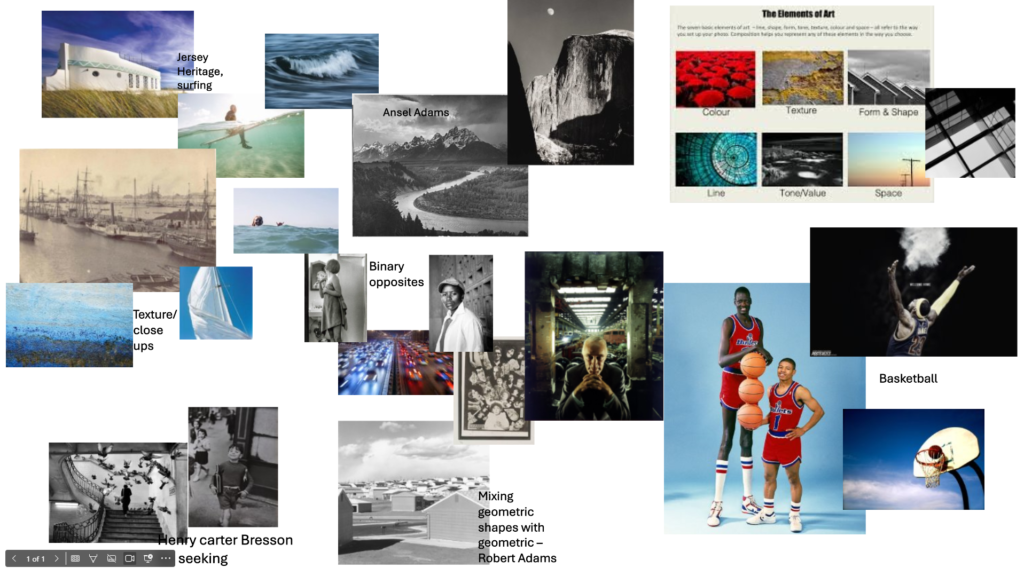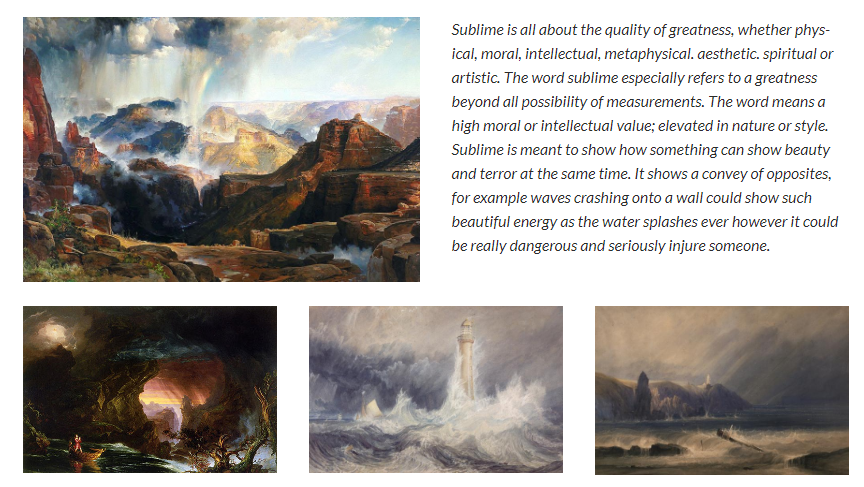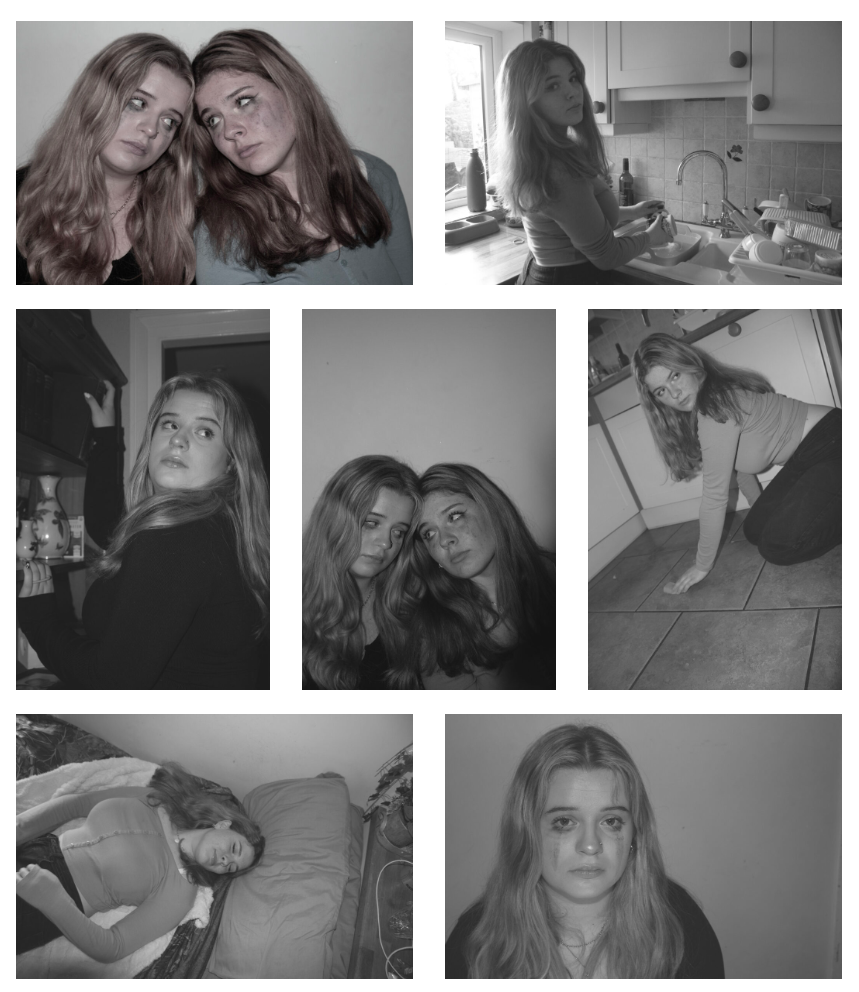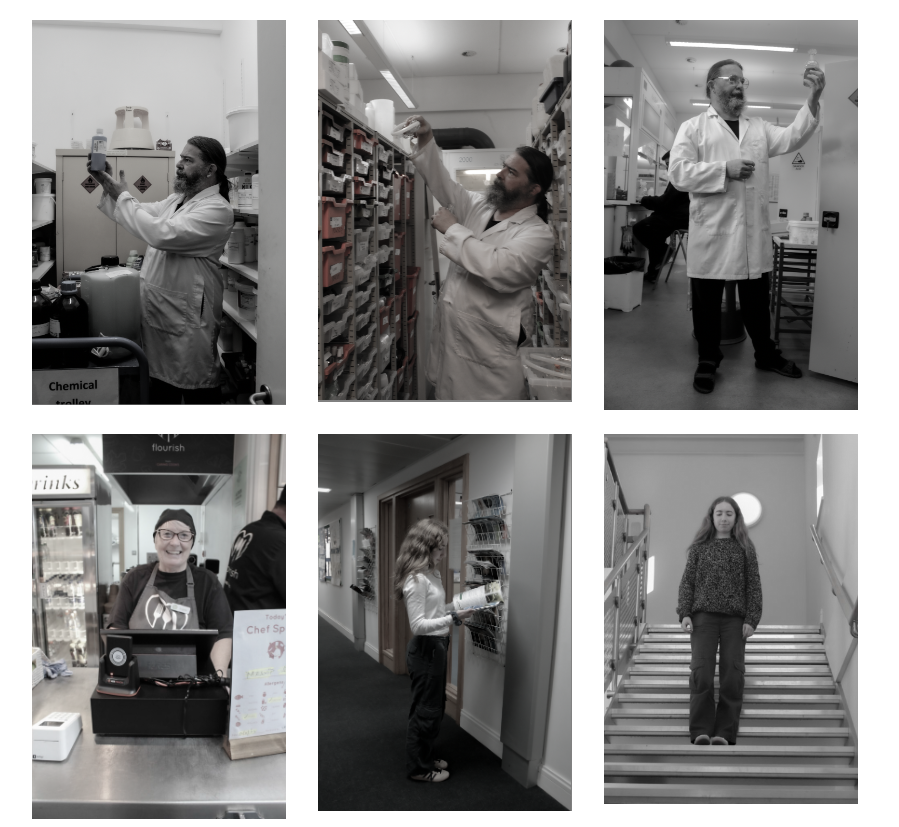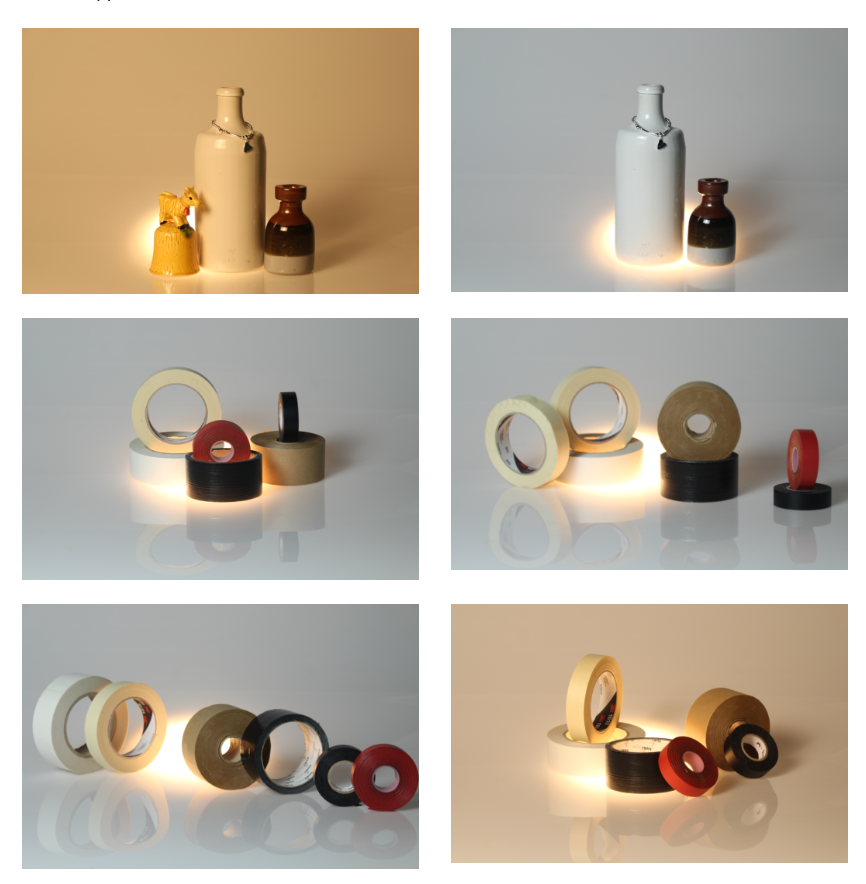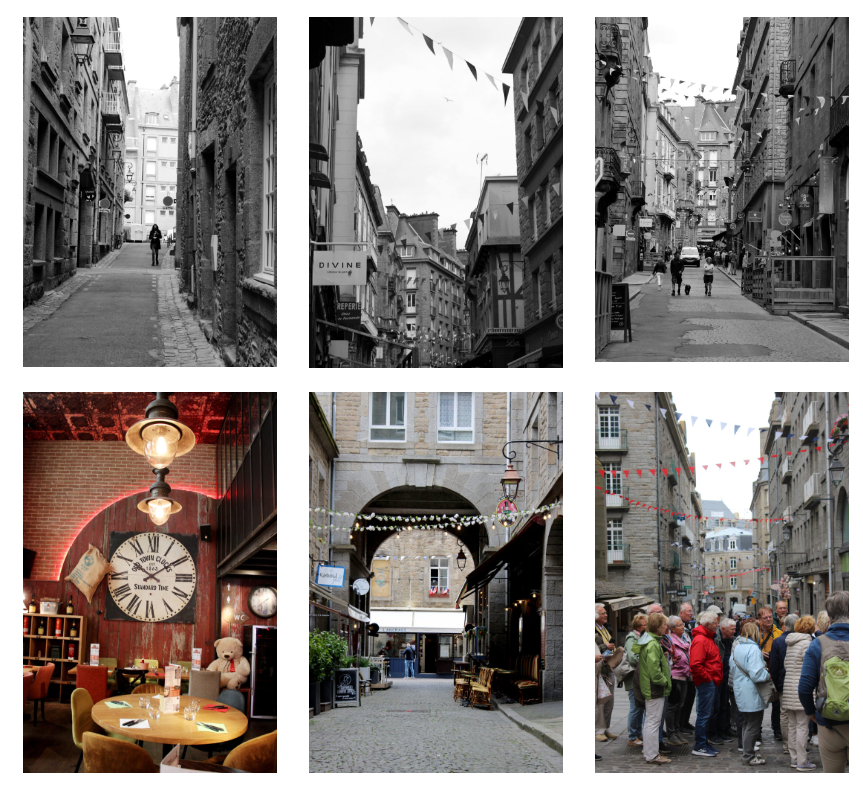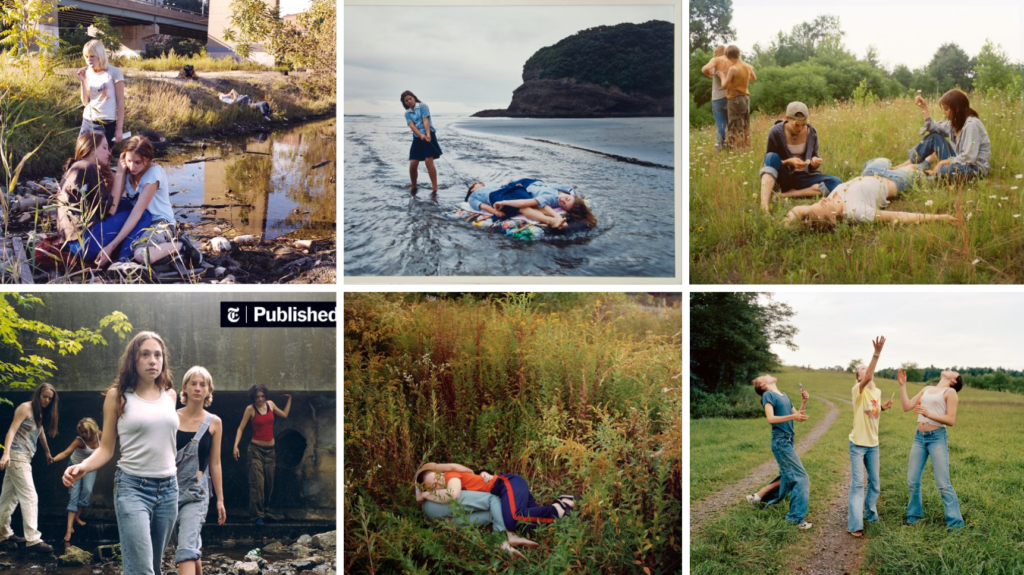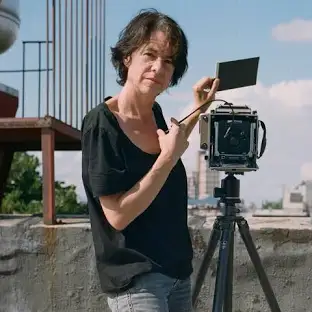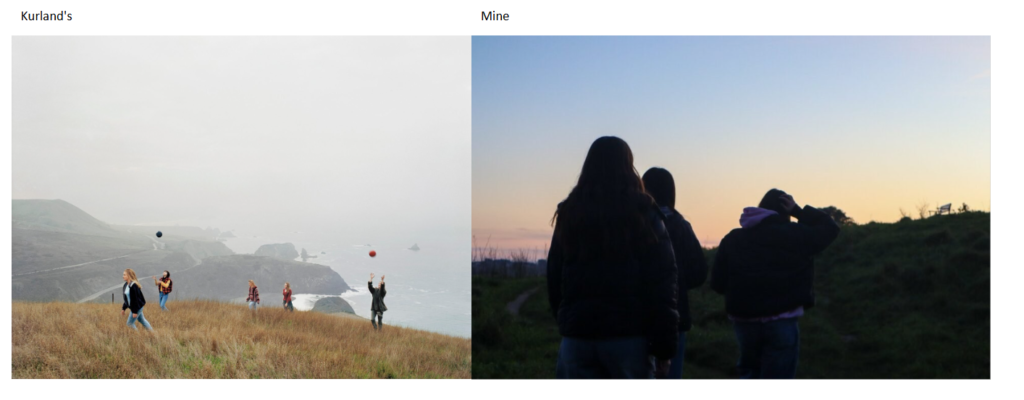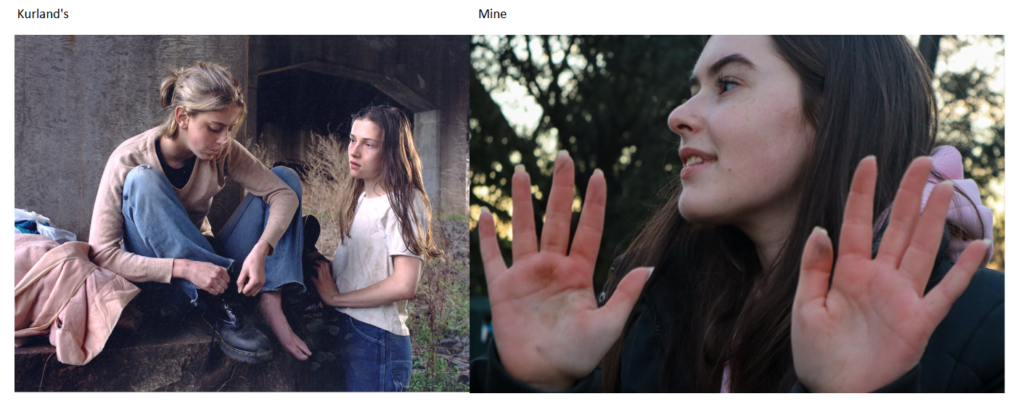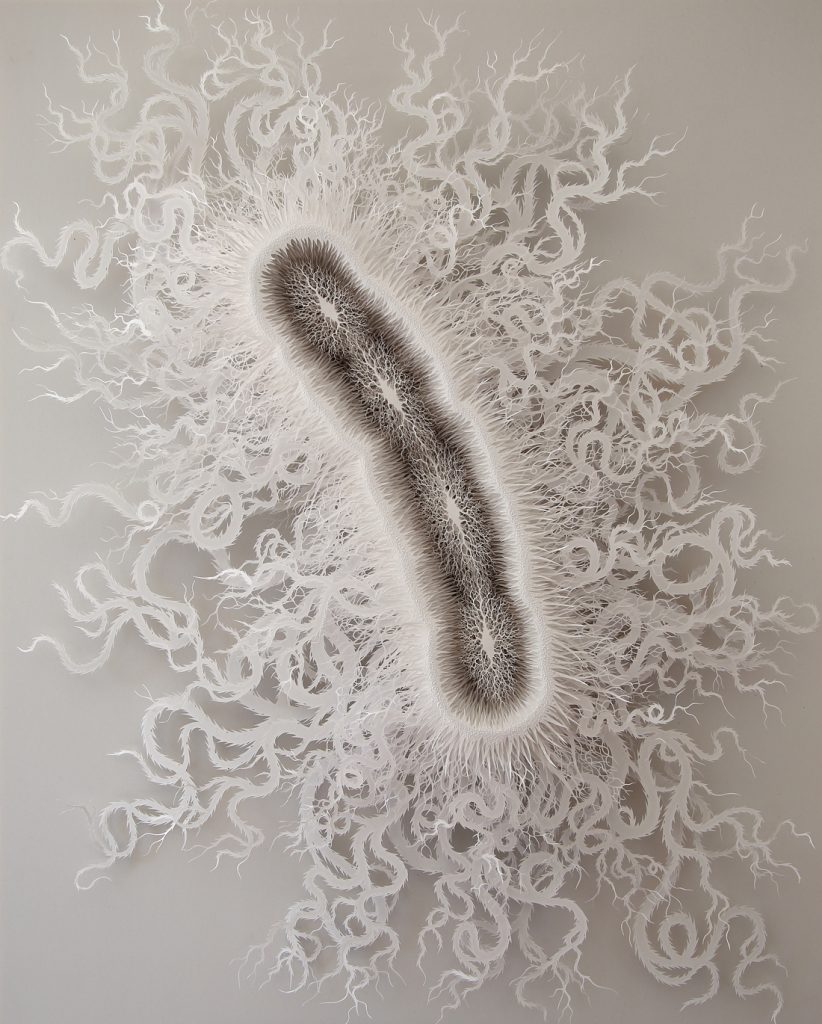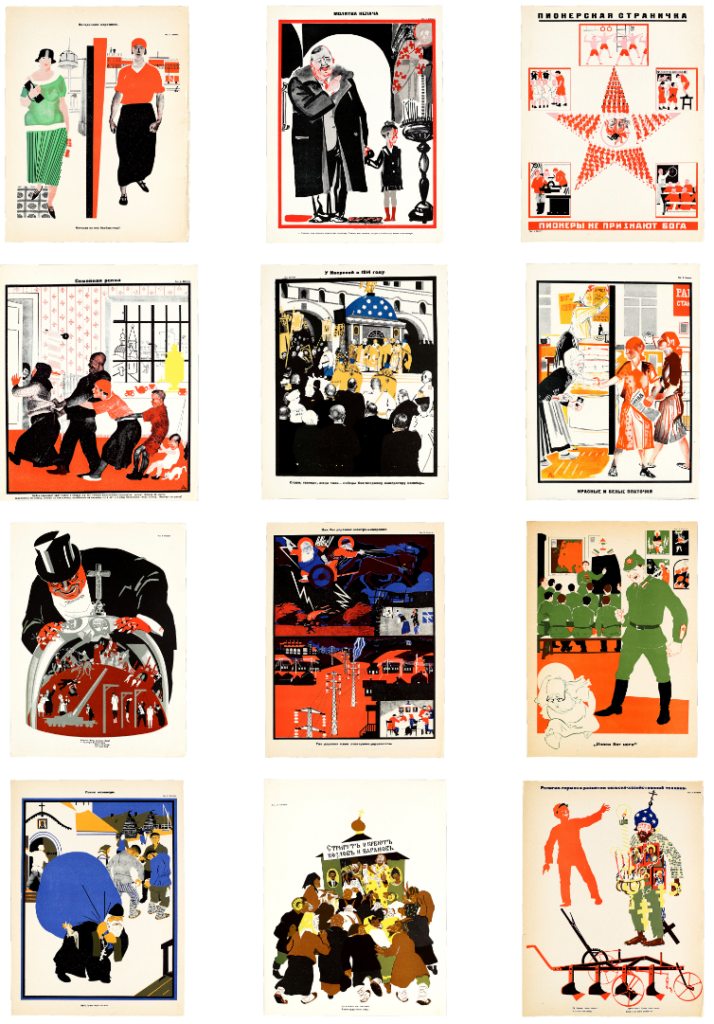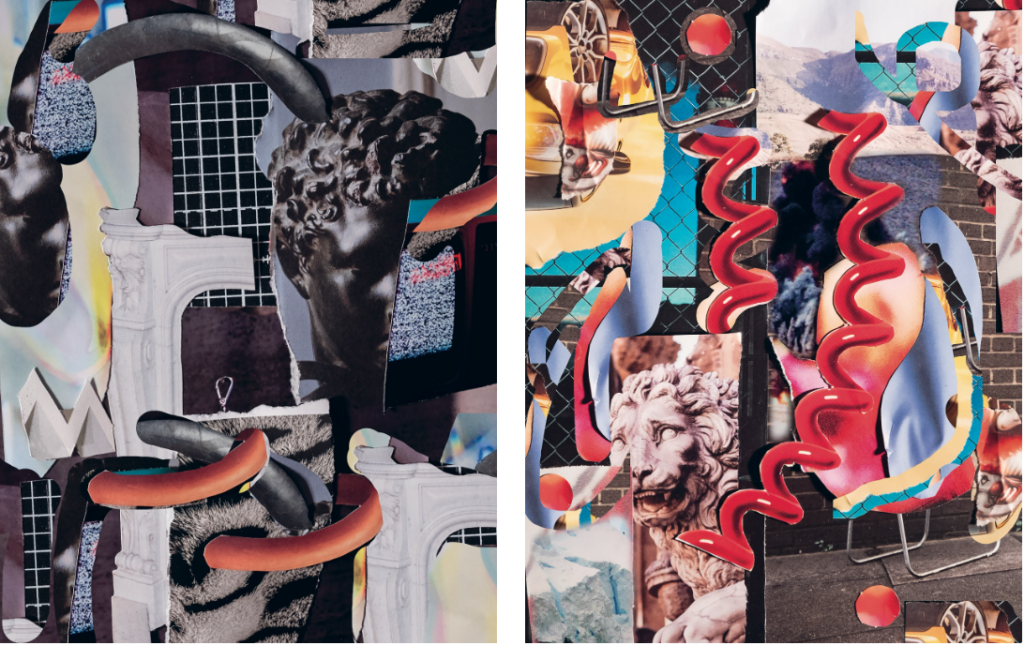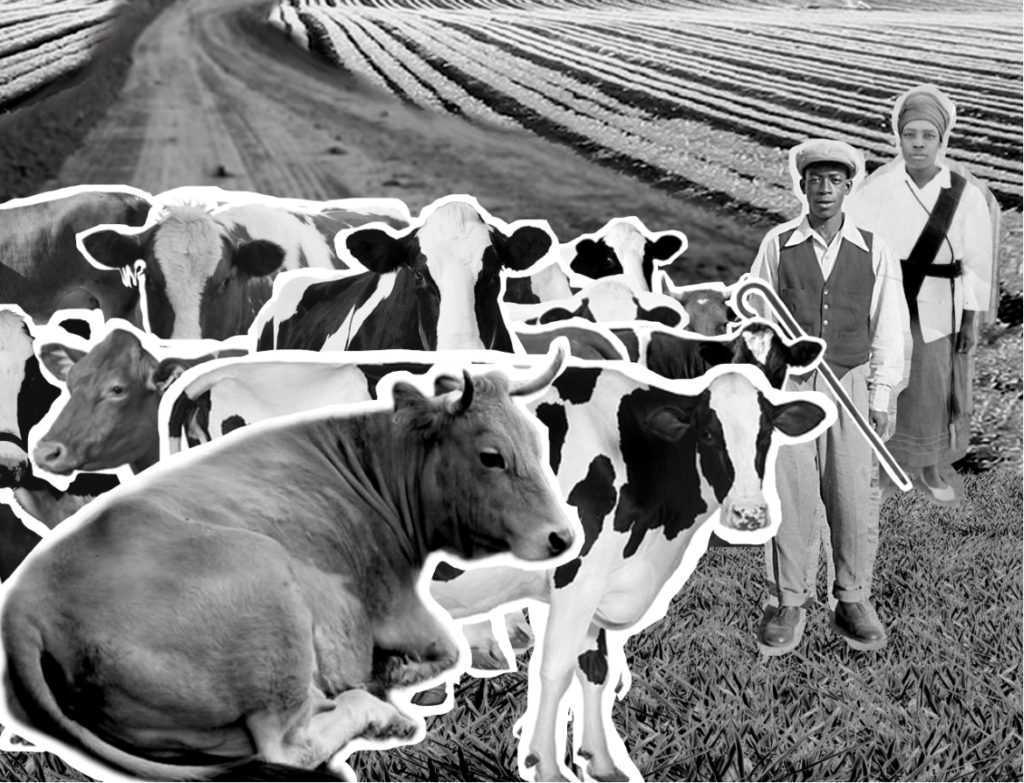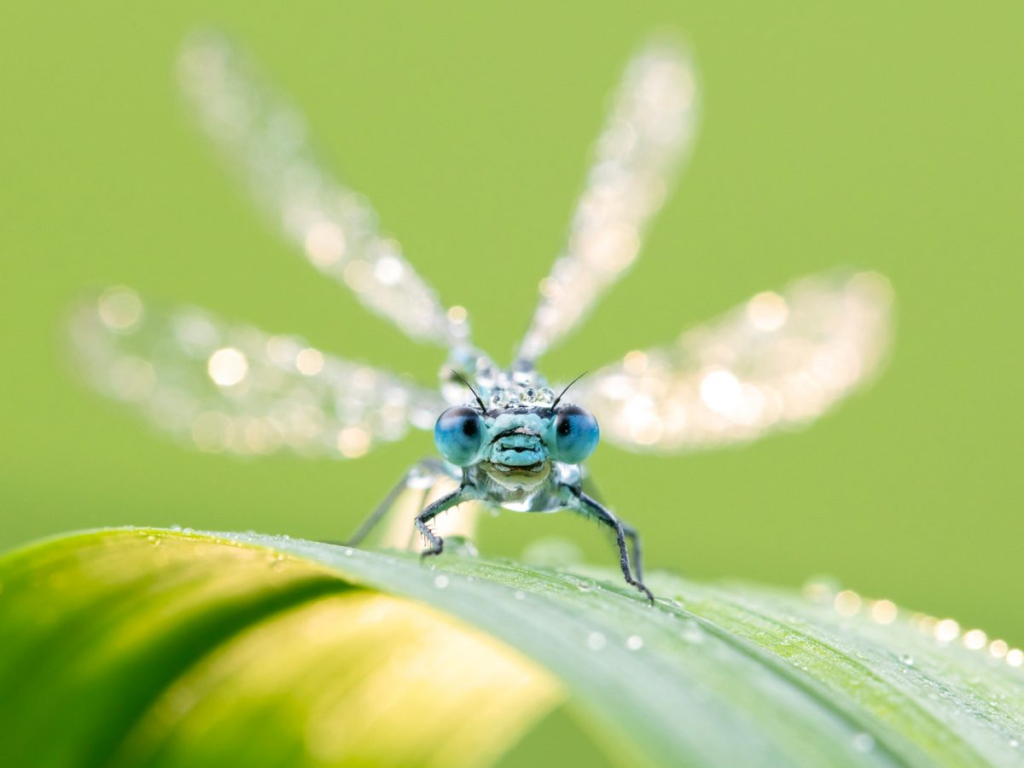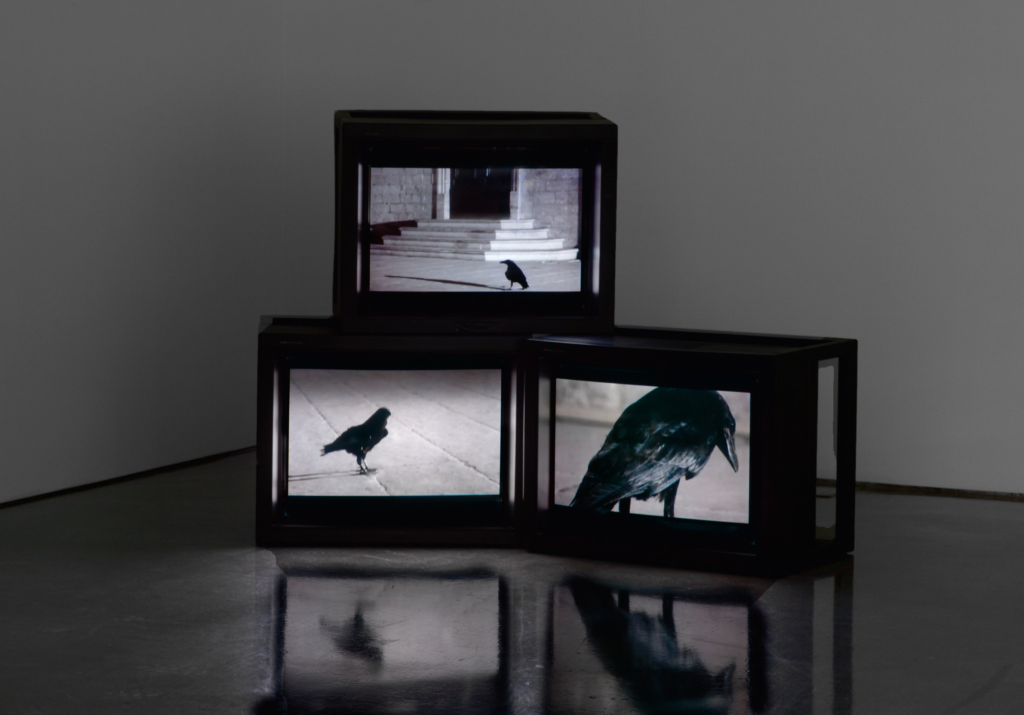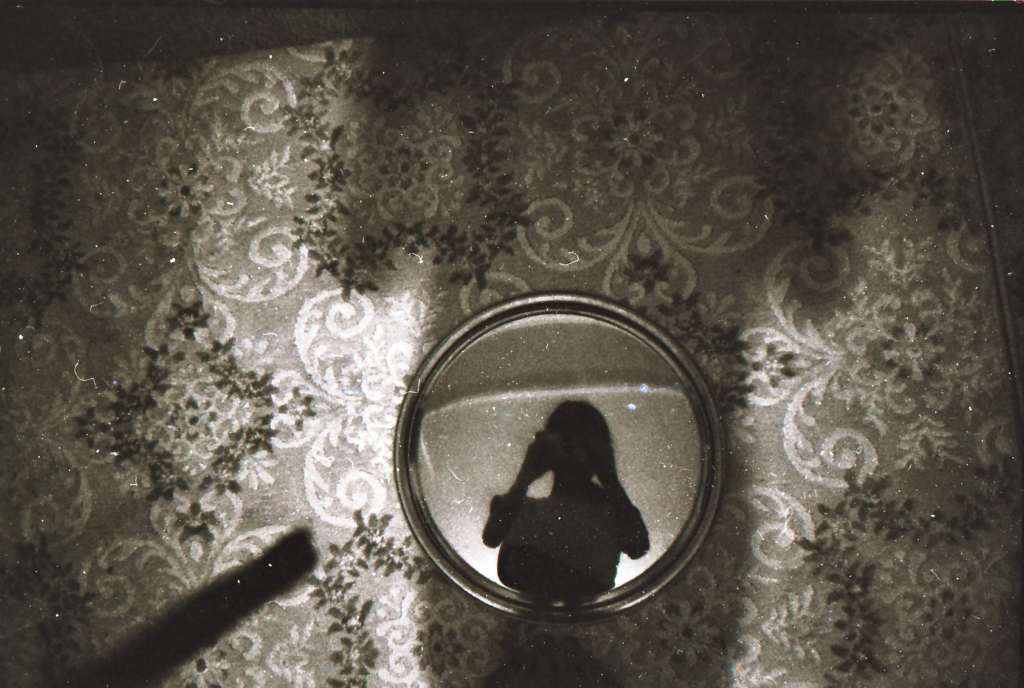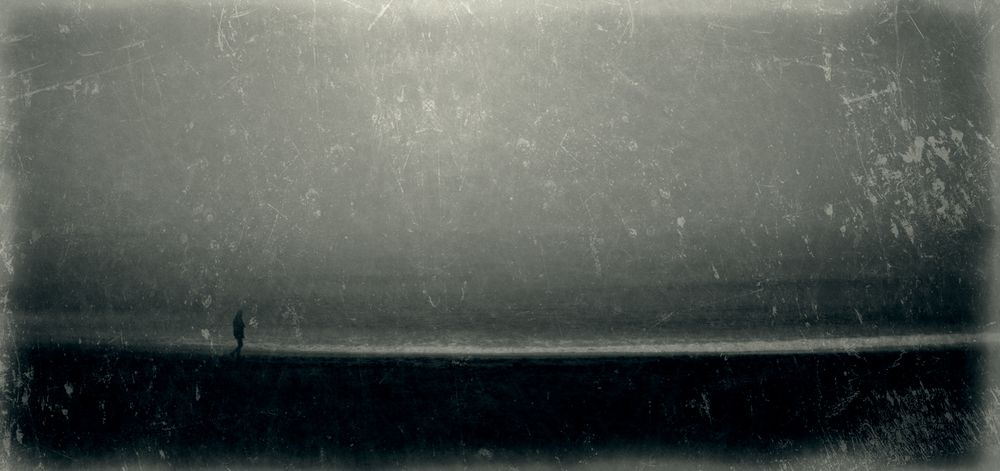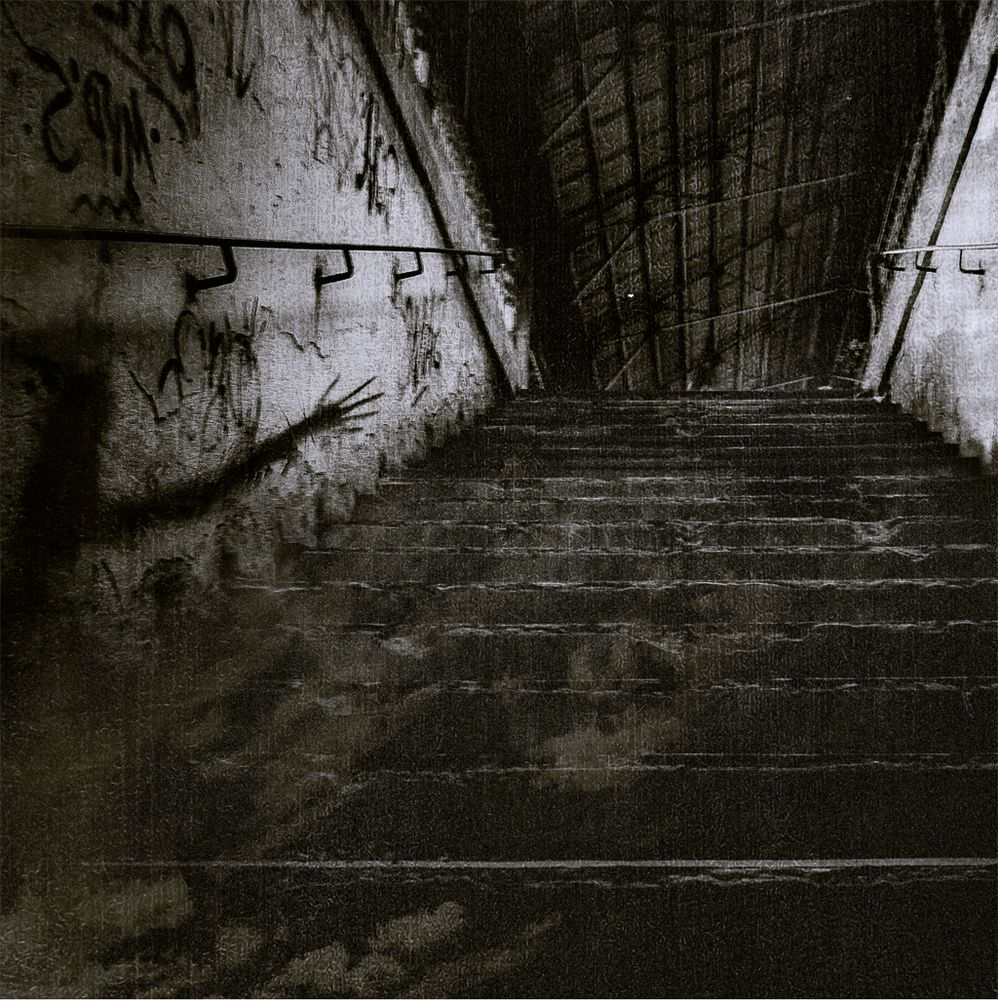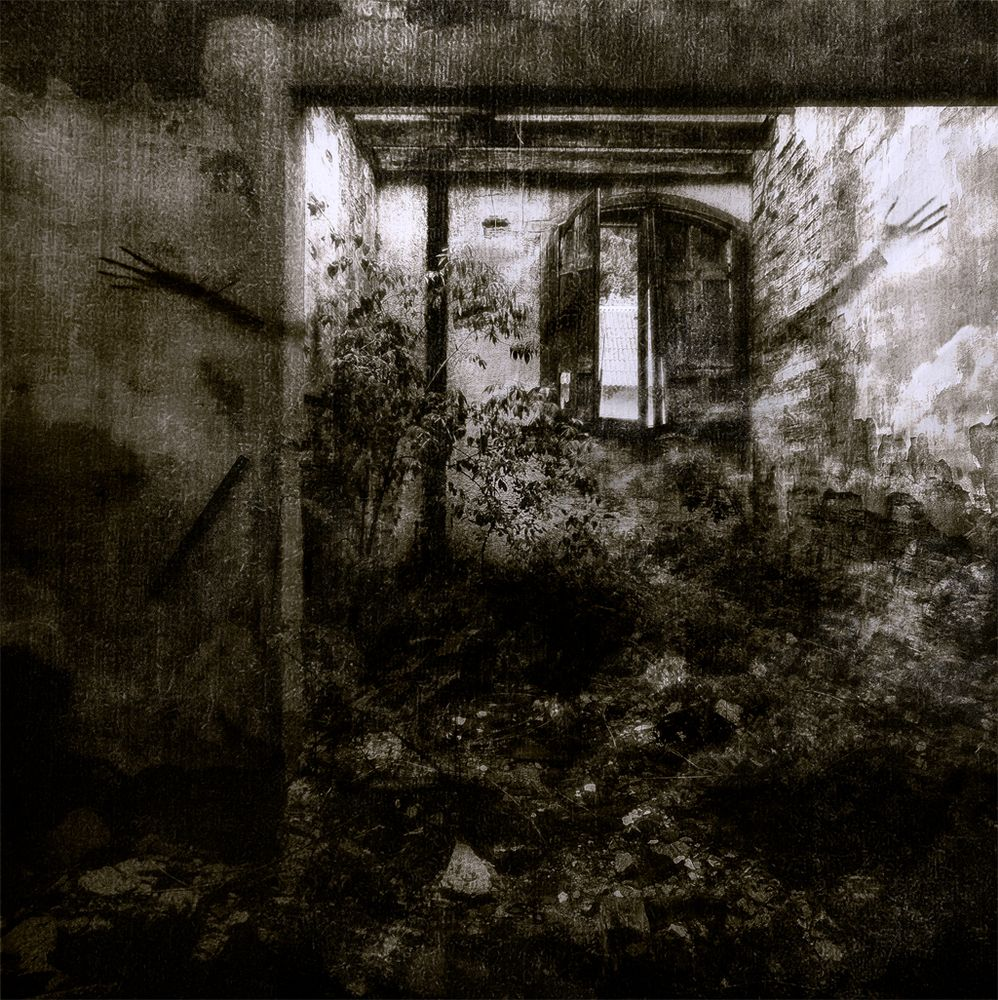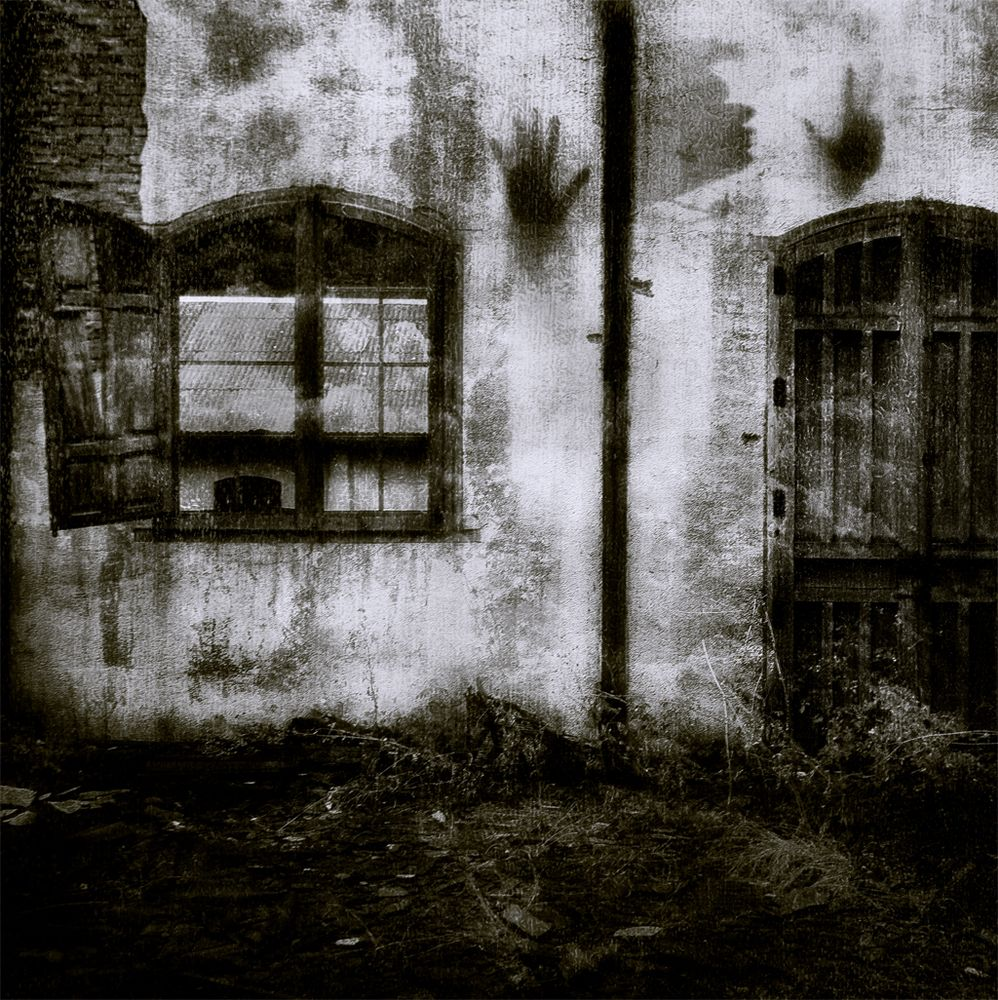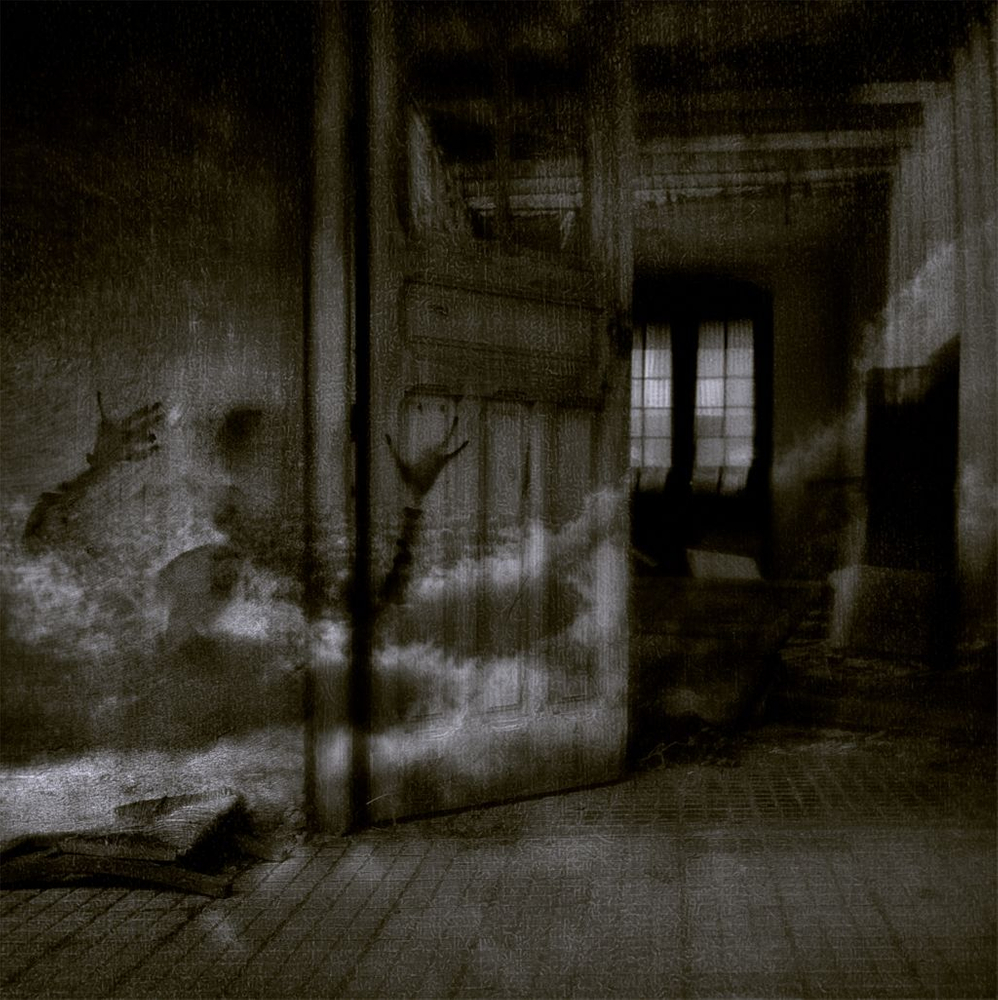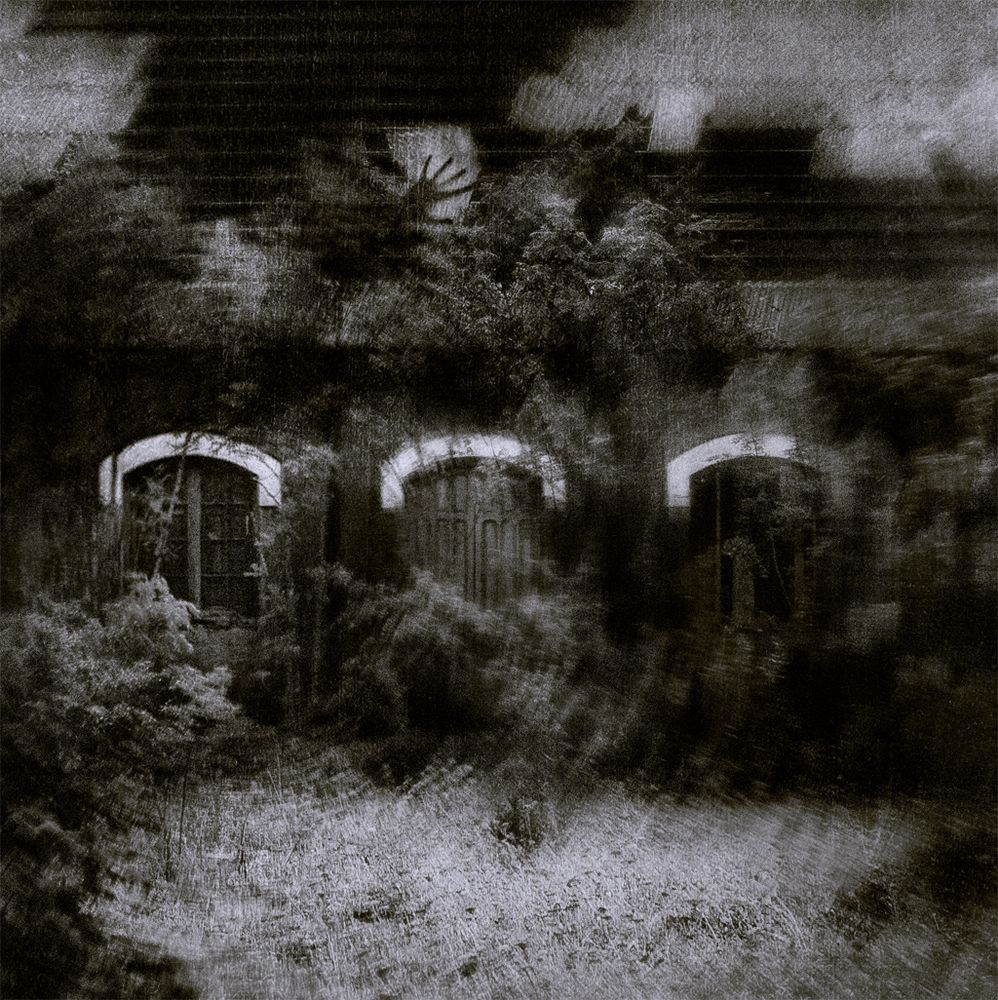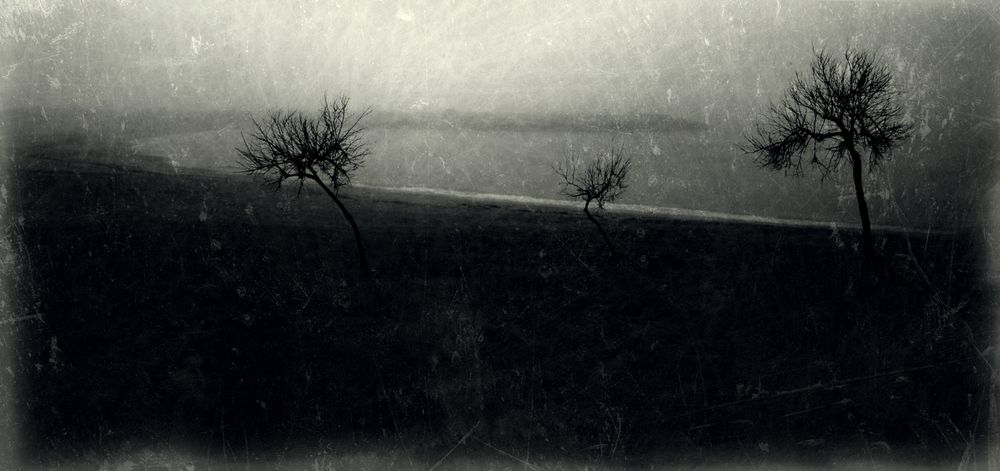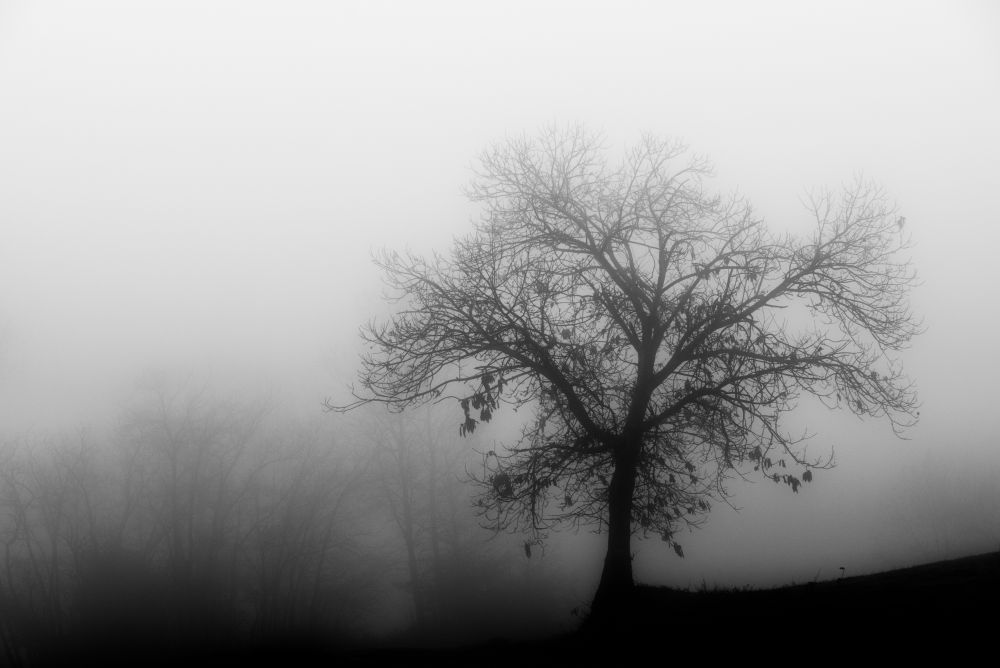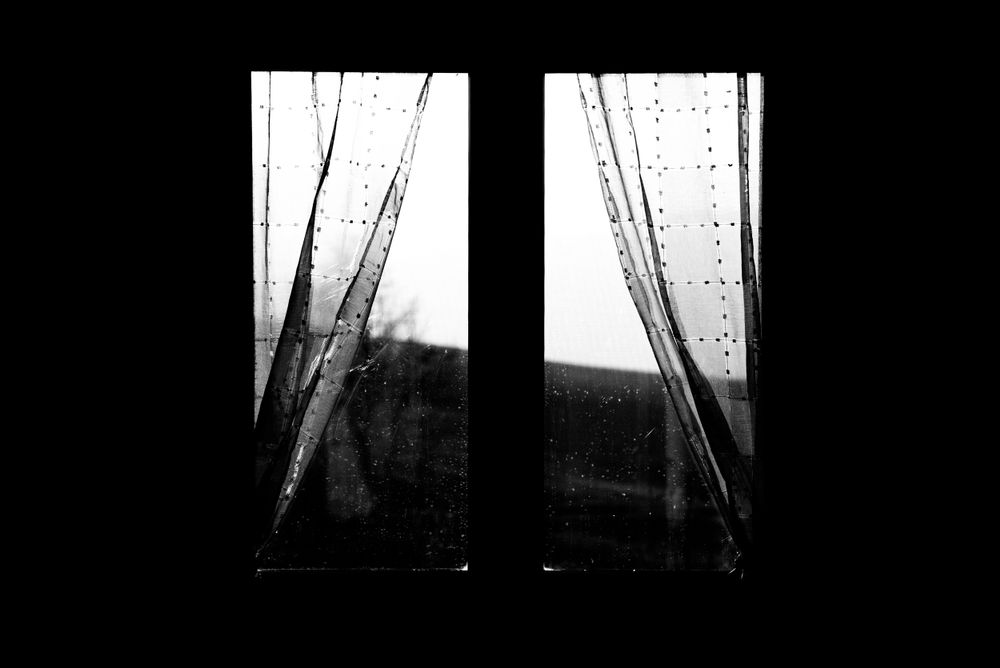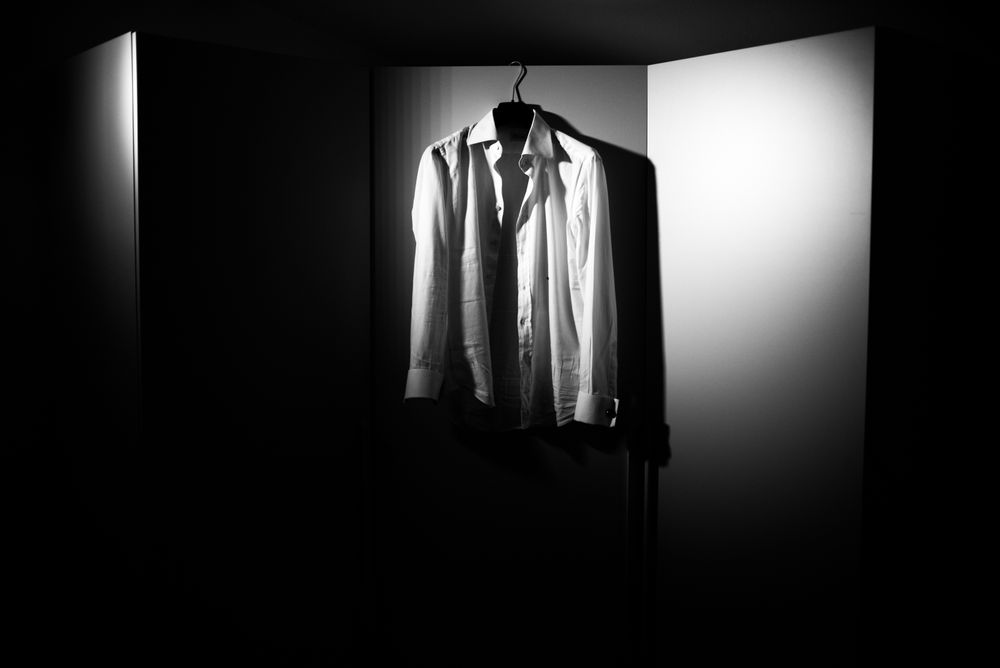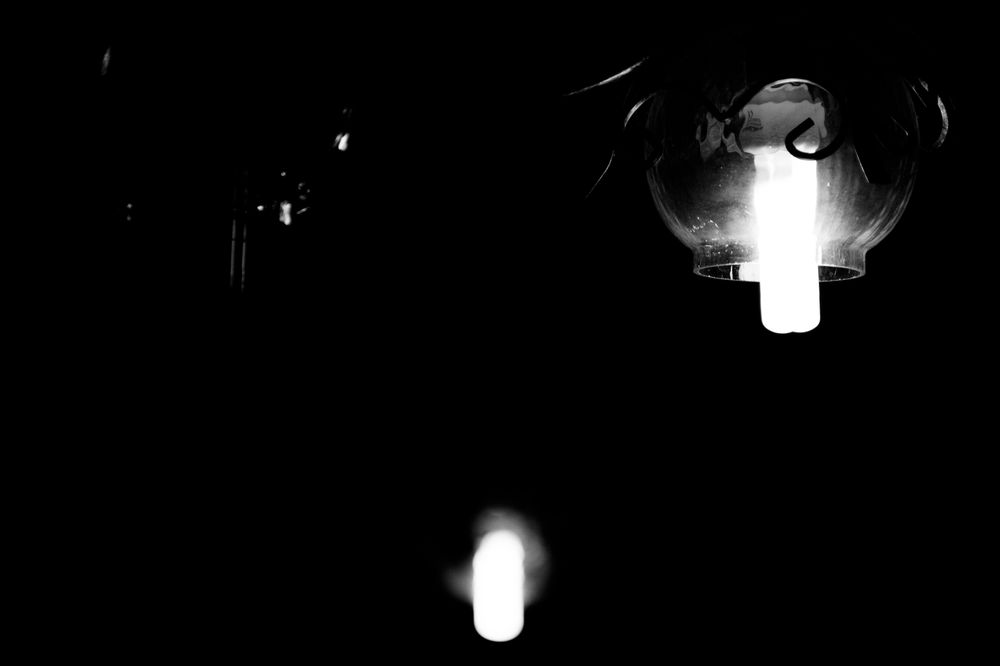


My plan for my personal study is to look at people’s fashion in the streets and how everyone is dressed differently. I’m not sure if I’m going to make my images staged or I’m just going to go round town and try to identify people with unusual styles that catch my eye. My plan If my images will be staged: I would quite like to get a model or a selection of models to wear some of their favourite clothes but to make it more fancy and less formal so that they stand out from the crowd. If I have a selection of models with me I would rather do one model at a time in the shoot so that there isn’t too much going on, or I could have a few of the models in the background and see a few of them on the sides so that the main focus isn’t completely gone from the main model in the image. I could also get the models to wear bright colours and position themselves around town and photograph that. The way for me to get a good set of images is to try and get a few ideas of a photoshoot so that at least one will be successful. If my images were not staged: I would go round town and try and capture anyone who has a unusual style as they are walking towards me, I would try and have my camera at waist level to try and recreate Vivian Maier’s photography, the aim would be to get them to look at me and not the camera so that they are distracted his would be an image of what I see in the moment of what I’ve captured, having all of their focus on the camera and stopping what they were doing. I would see what type of style is most recognised and try and find an opposite theme of clothing to photograph, I would quite like for the background to be filled with people to be able to notice the difference of clothing between the model and normal people walking around.
For my first photoshoot I would quite like to try and get some un staged images to see if that works well, if that doesn’t work well and I can’t find anyone wearing different types of clothing I will use models to recreate the images. I would need to try and take photos of things like Vivian Maier’s and William Klein as I am inspired to try and recreate similar images that these artists had worked on. I’ve done my research on many photographers and identified how they have produced their images and what they did to make them as good as they can. I really like the street photography element, but it would be quite bland and it’s a broad topic, therefore I tried to find things I can incorporate in my images. I’ve looked at staged and candid photography and I feel like I might try and include both styles of photography in my work. For example, when looking at the artist William Klein, his photos were staged, and he dressed his models into really high classed modern clothing to make them stand out. William would use the streets as his studio and make his images more unique and inspiring to him. Whereas the artist Vivian Maier looks at people on the streets, she takes candid images and doesn’t let people know that she is photographing them, she holds her camera at waist level so that her camera is more discreet. Both those artists have very different styles of photography, but I feel like a mixture of both the styles could mix really well and it would help me to make a great set of images.
I think the way I’m going to do my photoshoots will be inspired by William Klein where I am focused on peoples styles, most likely make my image staged and get some of my friends to help out, I would do through town or a busy scenery and get the model to stand in the middle or walk around as if they are part of everyone else except they stand out a lot more. To include Vivian Maier’s work into my project, I’m going to make most of my images waist length and tell the model not to look in the direction of the camera, this is just an experiment to see what works best for me, if this photoshoot doesn’t go to plan I can always try again but improve my plan and focus more on one artists than the other and still incorporate both artists ideas but change it and make it more original to me. I think it would be quite difficult for me to recreate as I don’t live in a big city and live in a small island which makes it more difficult, I won’t be able to find big signs and have a busy surrounding, this could help me make it more original to me and towards and beach and go somewhere near a lake, something that is more personalised to Jersey.



Although Vivian Maier’s and William Klein’s work are very different from each other and have completely different styles of photography as one uses waist length to capture the perfect image whereas the other one doesn’t quite use birds eye view but uses a higher angle to capture every detail around the model, I do like how both artists use a black and white effect on their images, it helps to make them more modern and less tacky, all of the colours in the background aren’t taking the attention away from the model and what they are doing . Most of the images here have models looking in the direction of the camera which makes the image look more mysterious and also makes them realise that their surroundings are different from usual. I would also like to make my images into a vogue magazine and help make them look slightly different to the artists and make it more personal to me. I will have a look at Anna Wintour, the vogue editor and see how she edits her images and why it makes them stand out.
Anna Wintour, editor-in-chief of the American vogue is widely regarded as the most influential figure in fashion since 1988. She has greatly influenced fashion trends, elevated the status of fashion journalism, and shaped the careers of numerous designers. She eventually moved to New York City with her then-partner and continued to climb the editorial ladder at a number of publications. In 1988 she was offered the position at US Vogue, which she now holds “indefinitely” — as Condé Naste stated several years ago amidst a flurry of retirement rumours. The original US edition of Vogue was first published in 1892, with the British edition coming next in 1916. Currently, there are over 28 international editions of Vogue magazine. The expansion of the brand has shaped the global fashion scene. Wintour’s editorial decisions have played a role in how the magazines operate in their respective countries.
I would like to use the vogue symbol in my work as it will make it look more unique and special to me. I feel like making a magazine as my project can help me put meaning into my work. I would quite like to add the concept that people stand out some more than others and it’s identified differently. Each photo i remake could symbolise how each person stands out from the rest and why I am focusing on them and them only. Some of the models in my images will be dressed different on purpose to recreate the images inspired by William Klein and Vivian Maier, although the aim is to prove and show that everyone is unique and stand out differently whether my photos are staged or not, it makes the image look different from the rest and makes the viewer question why they are dressed differently and what is going through their minds to be able to attract attention.



